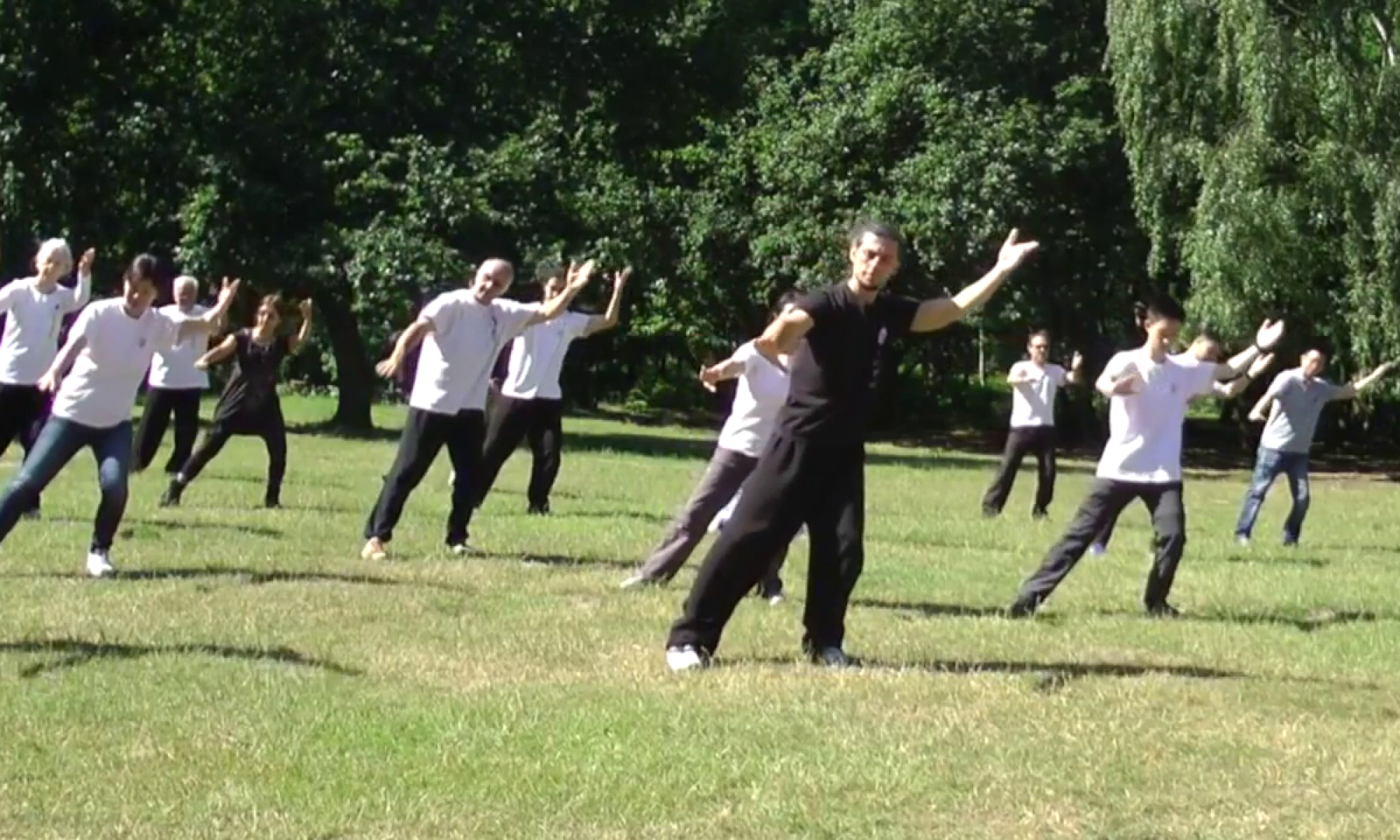Ride the tiger
Names in China can carry a great deal more importance than in the west and animals play an important part in Chinese martial arts both because of the moves mimicking the movements of the animals and because of the symbolism attached to the animals. In China there are so many idioms involving the tiger:
- Crouching Tiger Hidden Dragon made Famous by the Ang Li film of the same name means: concealed talent or talented individuals in hiding.
- To move the tiger from the mountain : to lure out an opponent by stratagem.
- Draw a tiger using a cat as a model : to do something without understanding it.
- To fear the wolf in front and the tiger behind : scare mongering
- Rear a tiger, court disaster : if you are too lenient with someone they will damage you later.
- To beat a tiger from the front door, only to have a wolf come in at the back : facing one problem after the other.
- A new born calf has no fear of the tiger : youth is fearless.
- To subdue a tiger : to prevail over sinister forces.
So the tiger obviously holds a special place in the heart and mind of the Chinese. Even the full Chinese name lao hu implies respect from the character lao meaning old. But why Ride the Tiger? To “Ride the Tiger” means to be in control of all your internal energies. That is; you have achieved such a level of mastery that all your energies are controlled, and that is one of my goals in practicing tai chi.
Wu Style T’ai Chi Ch’üan
Tai Chi is the commonly used name in the west. It may also be seen as t’ai chi, taiji, t’ai chi ch’üan or taijiquan.
It is generally translated as “Ultimate Fist”.
Taiji is a number of things to its various practitioners; it is a meditation system, a gentle exercise, a fighting / self defence system. It is used for health, for well being and for self defence.
Taiji has been proved to have many health benefits such as improving heart conditions and reducing the incidence of falling in the elderly. However for most of its practitioners it is believed to promote all round good health.
The History of Wu Style Tai Chi
Tai Chi is said to date back to around the 13th century when Zhang Sanfeng is credited with the concepts of the soft internal martial arts. The modern styles of tai chi practised today can only truly trace back their roots to the 17th century when Chen Wangting created Chen style tai chi. In the 18th century Yang Luchan created what is widely believed to be the most popular style practised today; Yang, derived from the original Chen style, and in the 19th century the Wu style was in turn derived from Yang.
Wu Chuanyu, who studied under Yang Luchan, was said to possess an exceptional ability to neutralise an opponents power and this is a key element of the style of tai chi that he promoted and taught.
Wu Chian-chuan his son set up the Chian-chuan taichichuan association in Shanghai in 1935.
In Europe students of his great grandson Ma Jiangbao and his great great granddaughter Dr. Jin Ye carry on the Wu style lineage and tradition of Wu style tai chi.
Qi gong
Chi kung or qigong translates as “breath work” and put simply is a set of exercises including control of breathing in time with bodily movements. Evidence of qigong exercises can be traced back to ancient China.

